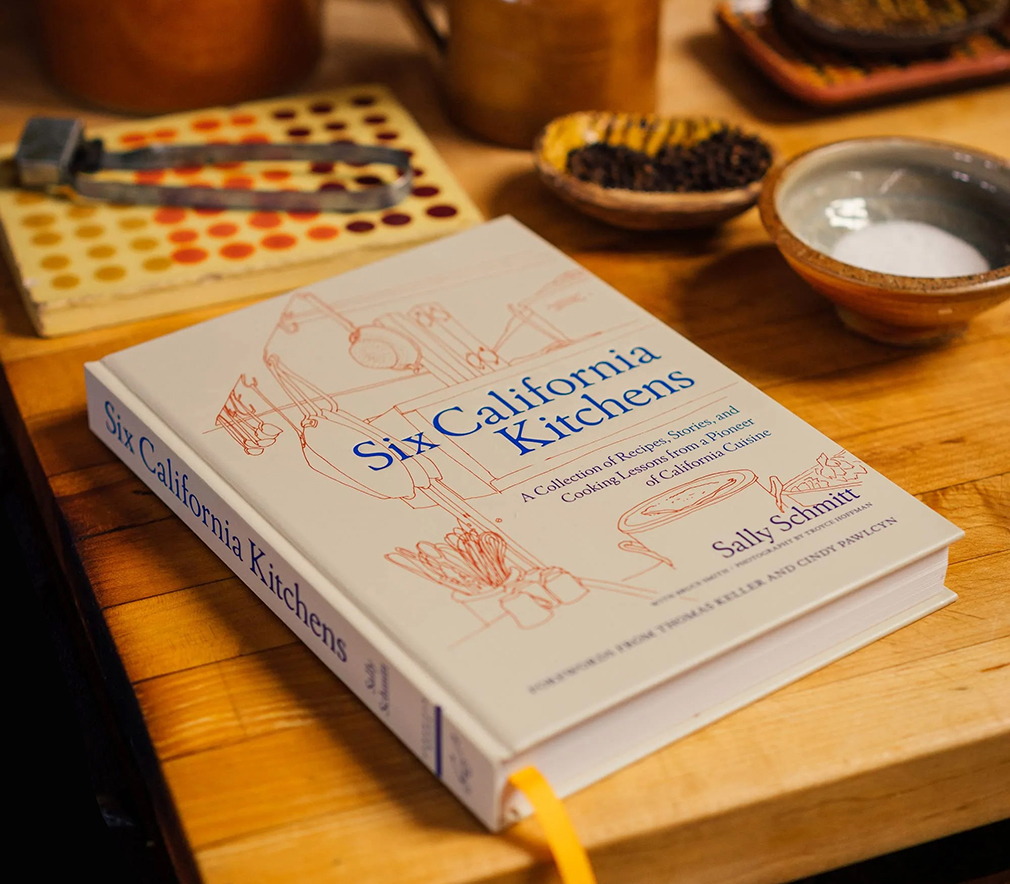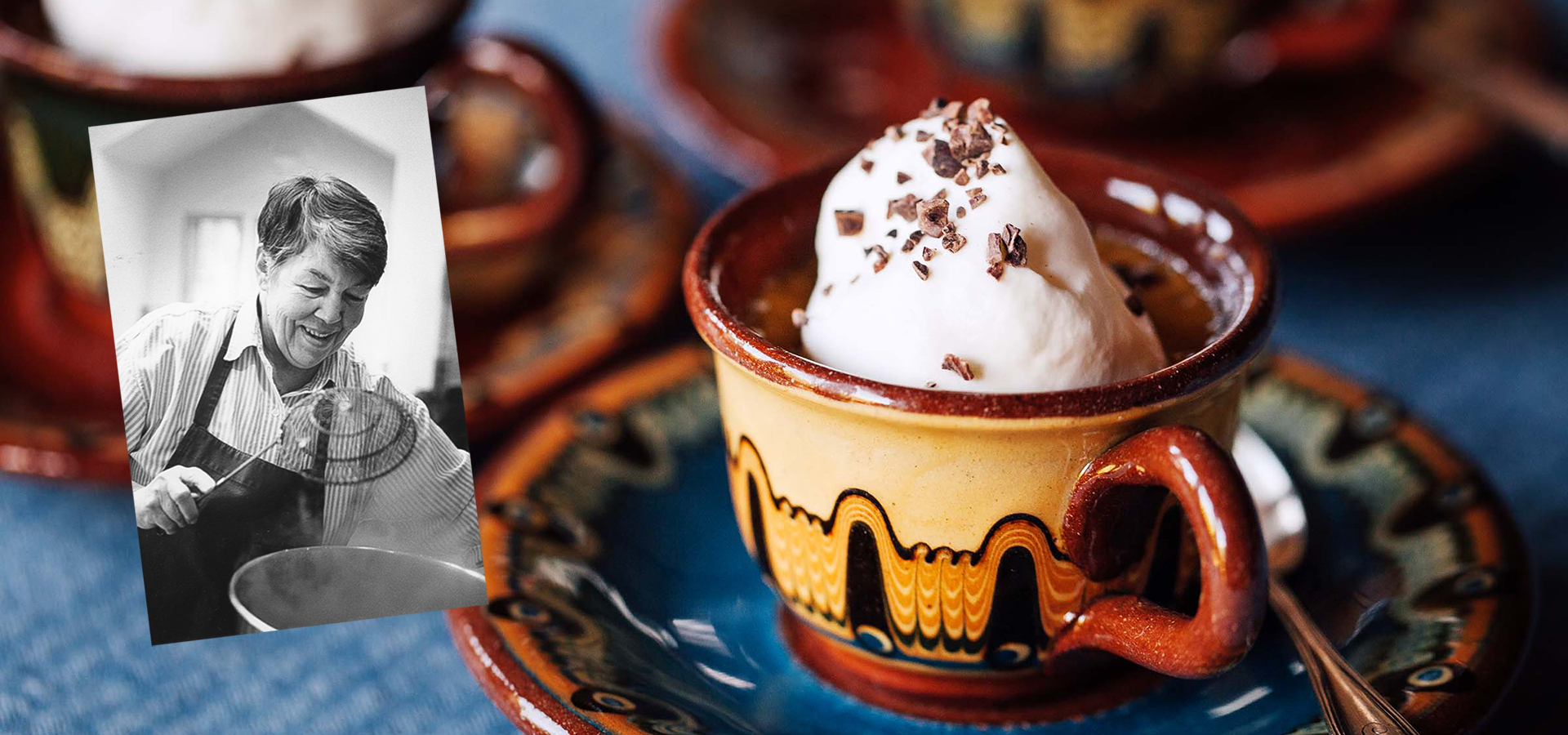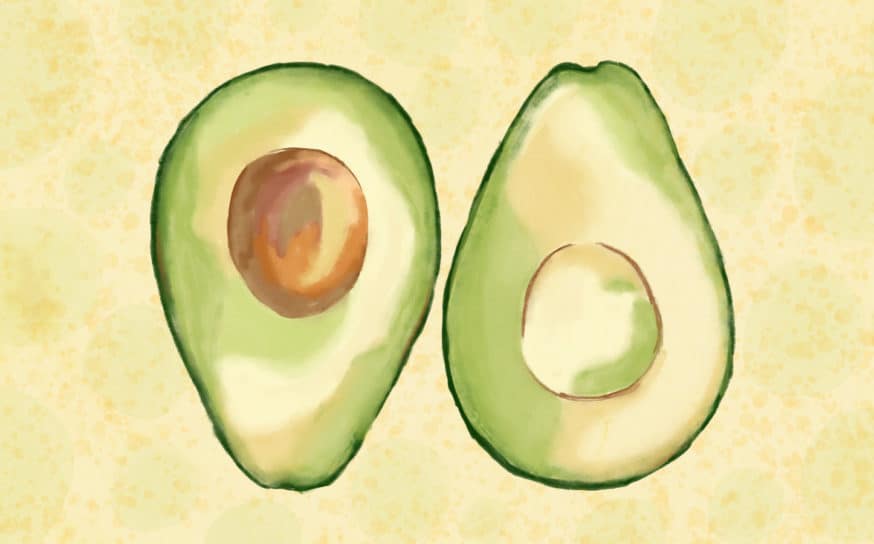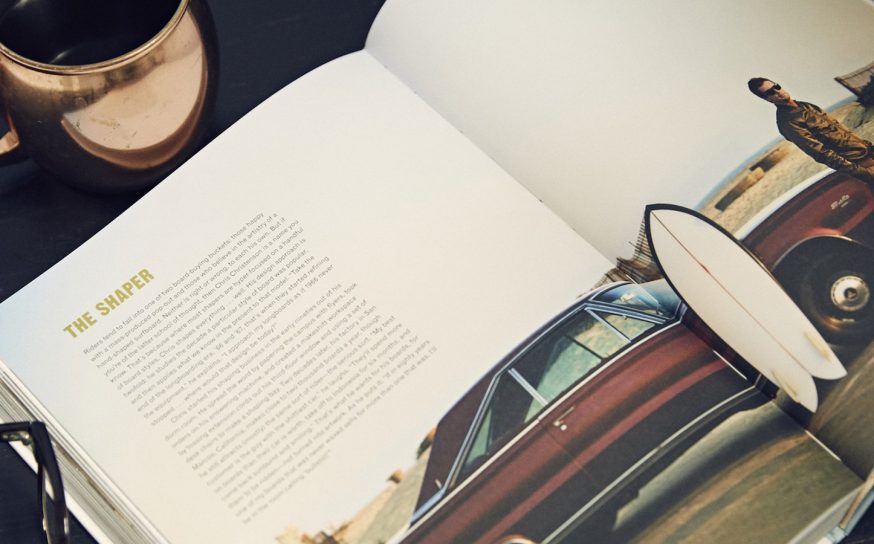Remembering Beloved California Chef Sally Schmitt
The woman who founded the French Laundry traces Californian cuisine and documents a lifetime of recipes in her recent cookbook.
-
CategoryFarm + Table
-
Written byBonnie Graves
In a world now dominated by live-action, competitive cooking shows, the very idea of a hardbound traditional cookbook seems charmingly antiquated. Recipe databases mean you can Google anything and find a plethora of ways to make it, and you can watch YouTube videos guiding you on everything from the proper way to mince garlic to preparing a Turducken. Where’s the role of the expert in all of this? Many of today’s top-selling cookbooks are from chefs with established TV presences or, worse yet, they’re ghostwritten homages to TV shows like Sex and the City. (Did they actually eat anything other than cosmopolitans?)
Then along comes something remarkable like Six California Kitchens: A Collection of Recipes, Stories, and Cooking Lessons from a Pioneer of California Cuisine. Authored by Sally Schmitt and published last year just before her death at 90, Six California Kitchens traces the seminal chef and original owner of the French Laundry through the kitchens in which she learned and thrived. From her childhood ranch home in the rural Sacramento Valley to her retirement kitchen on the northern California coast where she learned to cook for just two again, Sally Schmitt’s professional and personal arc as a chef is a wonderful reflection of the Golden State’s emergence as a global food destination.

When the book was published, many foodies were surprised by her connection to the French Laundry, which she and husband Don owned from 1978 to 1994. Because the French Laundry is so deeply associated with Thomas Keller, many assumed he had founded it. Instead, it was the Schmitts who boldly took on what was truly a dilapidated steam-powered laundromat owned by a Frenchman in the 1920s. (The building dates from 1900 and was originally a saloon in Yountville.) Sally Schmitt is often credited with being the godmother of the farm-to-table movement. Her cooking style drew from her experiences on her childhood farm and centered on using locally grown produce; at a time when international “haute cuisine” with exotic ingredients indicated quality, Schmitt was doggedly a locavore who proudly featured California as a culinary experience in its own right.
In the fall of 2022, Oscar-winner Ben Proudfoot released a short documentary celebrating Sally Schmitt’s often underappreciated contributions to California cuisine. While names like Alice Waters and Wolfgang Puck tend to dominate, Schmitt’s quiet commitment to technique and localism was revolutionary. Entitled The Best Chef in the World, Proudfoot documents two French Laundries, each pioneering but with very different values and aesthetics: the perfectionism for which Keller is famous and the family-first ethos of Schmitt, who eventually sold her restaurant and moved to the Anderson Valley to spend more time with her loved ones. Proudfoot notes that “Sally was saying … the goal in life really is about people and family. You should be constantly monitoring the balance between your job and your family and your friends.”
He continues: “She led a very high-quality life. And that didn’t necessarily include recognition or fame or money or awards.” Schmitt’s later years included restoring the charming Apple Farm in Philo, California with her daughter Karen and son-in-law Tim. Grandchildren and great-grandchildren continue to cultivate its heirloom orchards today.
Six California Kitchens is beautifully laid out. It’s a hybrid cookbook, memoir, and historical homage to California; equal parts reminiscence and practical guidance. From the simple mustard potatoes of Schmitt’s childhood to more elaborate duck preparations for which she became famous—the confit dish at the Boonville Hotel, also run by her family members, is a standout that rivals even those in France—Schmitt emphasized balance. For years, the restaurant business has been dominated by outsized egos and frequently toxic work environments. Thumbing through the pages of Schmitt’s life work is a gentle reminder that food should always be about nourishment, and not competition.
Read more about the book here.
Coffee Pots de Crème
Sally Schmitt, Six California Kitchens
MAKES ENOUGH FOR 6 TO 8 RAMEKINS, OR 8 TO 10 OVENPROOF ESPRESSO CUPS / PREP: 15 MIN / COOK TIME: 30 TO 50 MIN
When my children, and then grandchildren, would come through the blue door into the French Laundry kitchen, the firstthing they would do is look for the leftovers from the night before. They were always happy to find these French “pots of cream,” little baked custards, which ended a meal so well. I made them first with chocolate, but I liked them so much more with coffee.
Preheat the oven to 325°F [165°C].
In a small, heavy-bottomed saucepan, scald, and remove from the heat:
- 2 cups [480 ml] half-and-half
- 3 Tbsp instant espresso coffee
- 1 cinnamon stick
In a medium bowl, beat gently to avoid having too much foam:
- ½ cup [120 ml] egg yolks (from about 6 eggs)
- ½ cup [100 g] sugar
Add the hot half-and-half mixture slowly to the bowl in a thin stream, stirring constantly. Strain the mixture into a large heatproof measuring cup. Fill the ramekins or espresso cups and place in a baking or roasting pan.
Pour enough hot tap water into the pan to come about two-thirds up the sides of the ramekins. Bake until the custard is barely set, 30 to 50 minutes depending on how warm the mixture was to start. It should jiggle in the middle.
Don’t pour in too much water because the ramekins will be difficult to lift out when they’re hot.
Let cool a little, and then lift the ramekins out of the pan, using a jar lifter if they’re still too hot. Then cool before serving, or refrigerate.
To serve, top each serving with:
- A spoonful of softly whipped cream
- Chocolate-covered coffee beans or chocolate curls
I think they’re equally good slightly warm or thoroughly chilled. If you don’t have grandchildren raiding the refrigerator, these will last a day or two.
Reprinted from Six California Kitchens by Sally Schmitt with permission from Chronicle Books, 2022. Photographs © Troyce Hoffman.
Meet the Mother Tree That Spawned California’s Avocado Craze
Your avocado toast may be a California native.
Southern California Company Puts a Spirited Spin on an Italian Tradition
The story of Amaro Angeleno is anything but bitter.
Cover to Cover with That Laidback, Coastal Style Known as Surf Shack
Is it possible to crush on a coffee table book?
Get the Latest Stories







